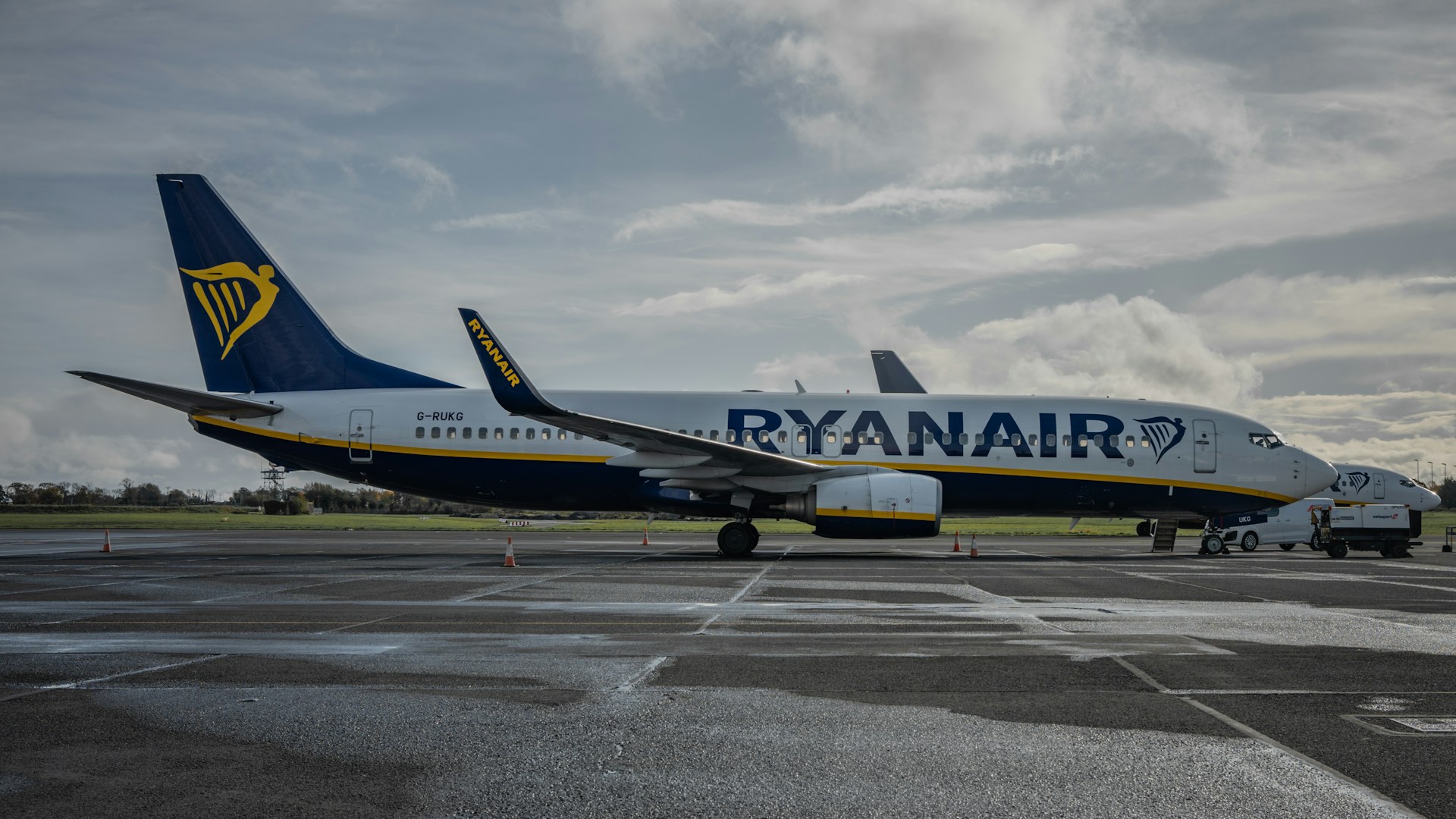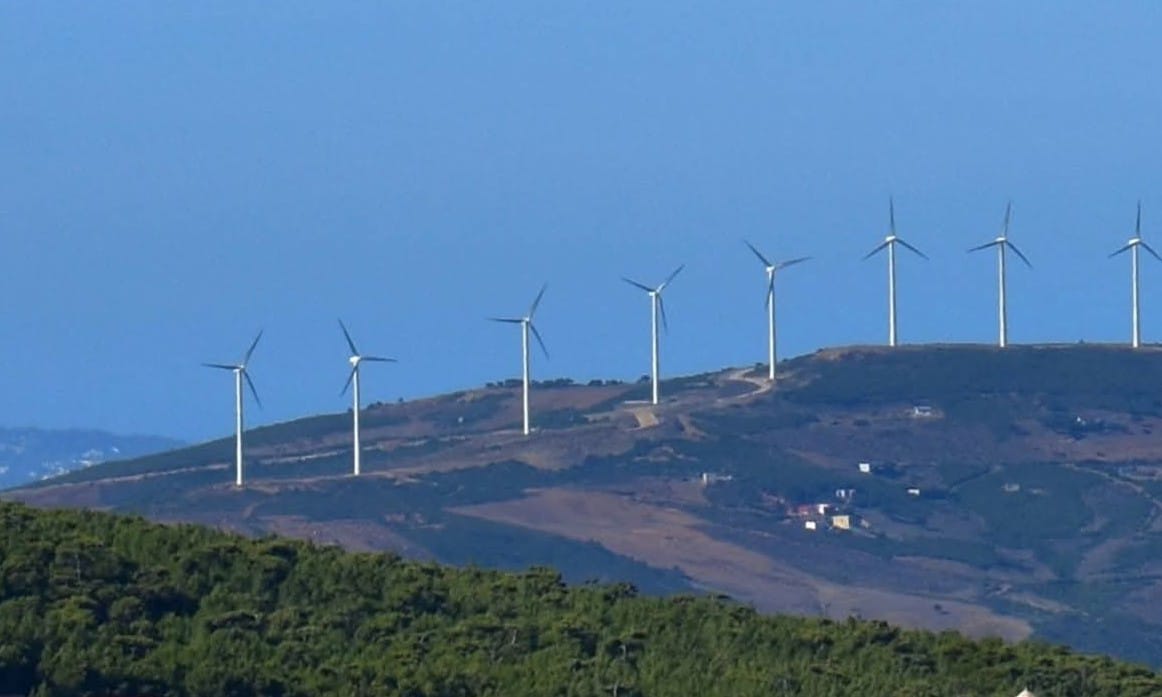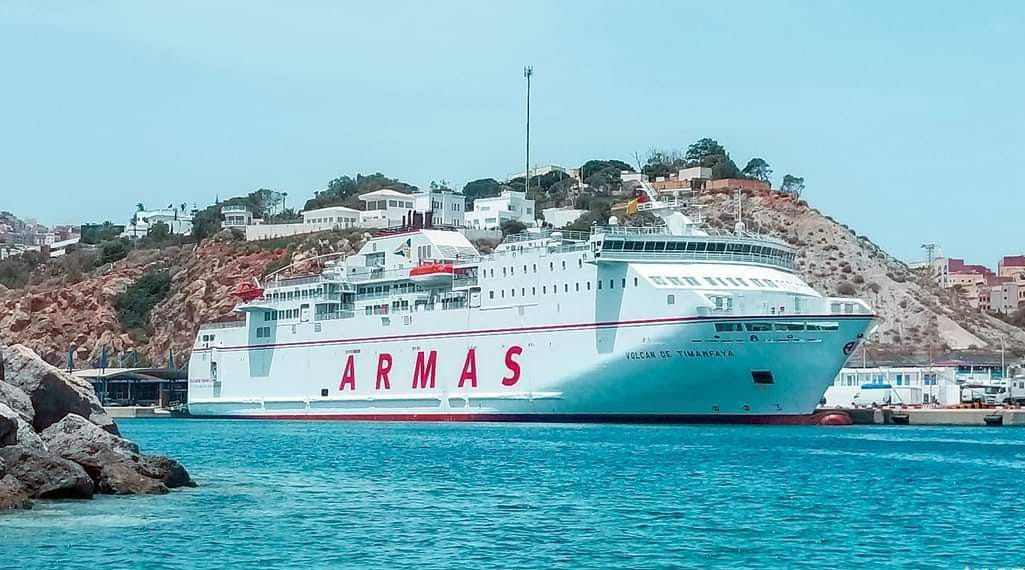Casablanca – As Morocco looks ahead to the future of its air transport sector, the country is embarking on an ambitious plan to modernize and expand its airport infrastructure. With a clear strategic roadmap in place, the “Airports 2030” initiative aims to position Morocco as a key player in the global aviation industry, enhancing both capacity and service quality to meet the growing demands of international travel. The project comes at a time when Morocco is not only focusing on expanding its transport network but also preparing to host major international events such as the 2030 FIFA World Cup, which is expected to significantly boost air traffic in the coming years.
A strong foundation for growth
The National Airports Office (ONDA), the government agency responsible for managing the country’s airports, has already demonstrated its financial strength and commitment to development. In 2024, ONDA recorded impressive financial results, with a turnover of $556 million, reflecting a 14% increase compared to the previous year. Operating income also saw a significant rise, jumping by 34% to $196 million, which highlights the ongoing efficiency improvements and strong performance of Moroccan airports. This financial success has bolstered ONDA’s self-financing capacity, which has reached $216 million, an 8% increase from the previous year.
This positive performance is being leveraged to fund the expansive “Airports 2030” strategy, a long-term vision aimed at significantly enhancing the country’s aviation infrastructure. For 2025, ONDA has allocated a record investment budget of $1.36 billion to support the strategy. These funds will primarily be directed toward upgrading and expanding Morocco’s airports to meet international standards and ensure they are capable of accommodating the anticipated surge in passenger traffic, particularly in the run-up to the 2030 World Cup.
Key areas of focus in the strategy
The “Airports 2030” strategy is centered around three main objectives: modernizing airport infrastructure, enhancing the customer experience, and supporting the economic growth of Morocco. To achieve these goals, several major projects are already underway or planned for the near future.
- Expansion and upgrades of major airports
A cornerstone of the strategy is the expansion and modernization of key airports across the country. The most notable of these projects is the construction of a new terminal at Casablanca Mohammed V Airport, one of Morocco’s busiest international gateways. This terminal, designed to handle 20 million passengers annually, is expected to be completed by 2029. The development of this terminal will significantly increase the airport’s capacity and improve the overall passenger experience.
Additionally, new terminals are being built at other major airports. In Rabat, a new terminal with a capacity to accommodate 4 million passengers annually is set to open by the end of 2025. Similarly, other key airports in cities such as Tangier, Agadir, Fez, and Marrakech are also undergoing significant upgrades to meet growing demand. These investments are not only aimed at increasing capacity but also at improving the quality of services provided to passengers.
- Strengthening regional airports
While the focus is on the major international hubs, the “Airports 2030” strategy also emphasizes the development of regional airports, particularly in the southern and eastern parts of the country. Airports in cities such as Tétouan, Nador, Laâyoune, and Al Hoceima are set to undergo extensive improvements. These upgrades are intended to enhance domestic air travel and promote tourism, particularly in areas that are currently less connected to the broader aviation network. This regional development aligns with Morocco’s broader economic strategy of decentralizing growth and boosting tourism in less-explored regions of the country.
- Enhancing air connectivity and international routes
In line with the strategy’s goal of improving connectivity, ONDA has focused on expanding both domestic and international flight options. In 2024, Moroccan airports saw a significant boost in traffic, with 32.7 million passengers recorded, a 21% increase from the previous year. This growth was driven in part by the introduction of around 20 new international routes, particularly to European cities. These new connections, along with the strengthening of domestic routes, have helped position Moroccan airports as vital hubs for travel between Europe, Africa, and the Middle East.
Preparing for the 2030 FIFA World Cup
A key driver of Morocco’s airport modernization efforts is the upcoming 2030 FIFA World Cup, which Morocco will co-host with other countries. As the country prepares to welcome millions of football fans from around the world, ONDA’s infrastructure improvements are crucial to accommodating the increased influx of visitors. The expansion of airports in cities that will host World Cup matches, such as Casablanca, Rabat, and Marrakesh, is expected to enhance Morocco’s global reputation and provide the necessary infrastructure to handle large volumes of international travelers.
Looking forward
The projections for 2025 are optimistic, with ONDA targeting 37.6 million passengers, marking a 15% increase in traffic. These figures are reflective of Morocco’s growing importance as an air transport hub in the region. The country’s airports are being transformed into modern, efficient, and customer-friendly facilities that are ready to meet future demands.
As Morocco continues to implement its “Airports 2030” strategy, the focus will remain on investing in infrastructure, enhancing the passenger experience, and fostering economic growth. The vision for the future of air transport in Morocco is one of continued growth, improved connectivity, and readiness for the global stage. The country’s airports are poised to play a central role in the nation’s economic development and international positioning in the future.
















